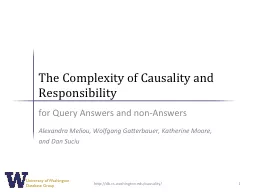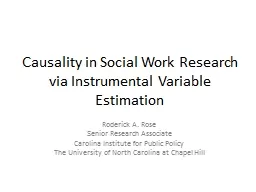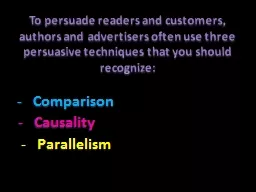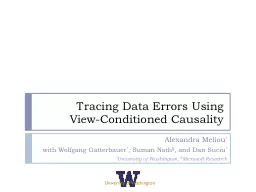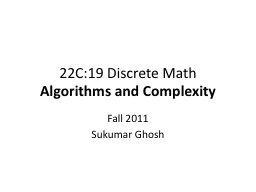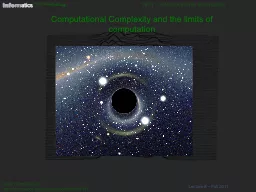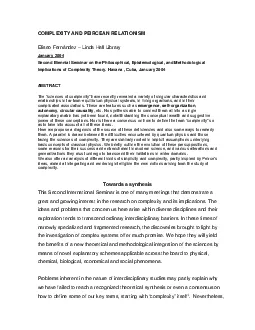PPT-The Complexity of Causality and Responsibility
Author : danika-pritchard | Published Date : 2016-09-14
f or Query Answers and nonAnswers Alexandra Meliou Wolfgang Gatterbauer Katherine Moore and Dan Suciu httpdbcswashingtoneducausality 1 Motivating E xample
Presentation Embed Code
Download Presentation
Download Presentation The PPT/PDF document "The Complexity of Causality and Responsi..." is the property of its rightful owner. Permission is granted to download and print the materials on this website for personal, non-commercial use only, and to display it on your personal computer provided you do not modify the materials and that you retain all copyright notices contained in the materials. By downloading content from our website, you accept the terms of this agreement.
The Complexity of Causality and Responsibility: Transcript
Download Rules Of Document
"The Complexity of Causality and Responsibility"The content belongs to its owner. You may download and print it for personal use, without modification, and keep all copyright notices. By downloading, you agree to these terms.
Related Documents

